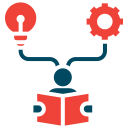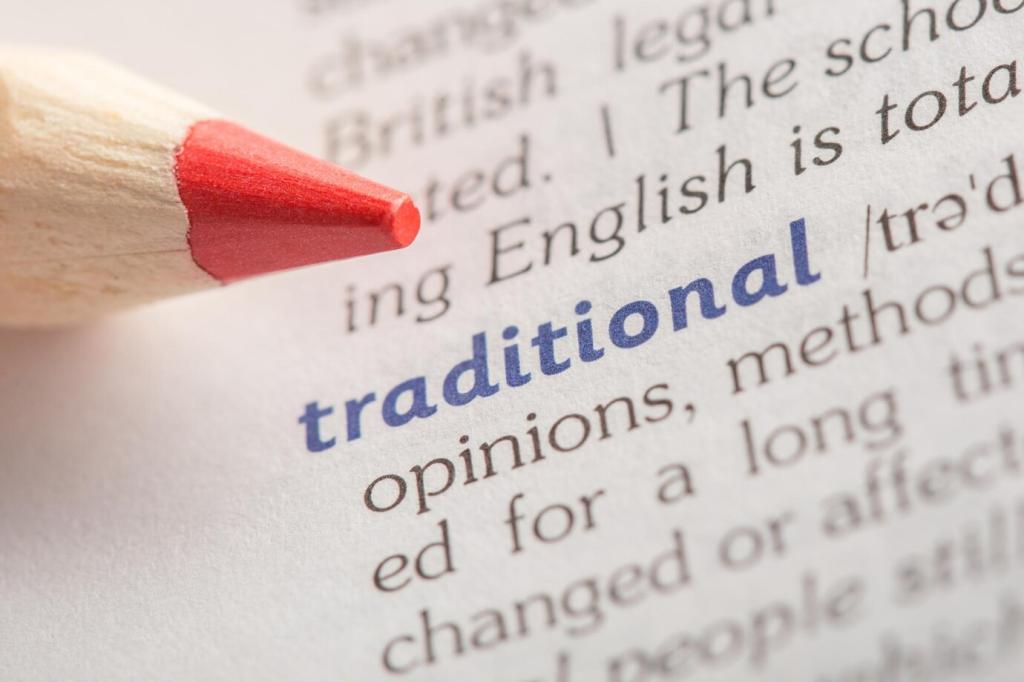From Memorization to Meaning
When learners design products—menus, podcasts, brochures—the brain links vocabulary to intentions and consequences. This deep processing improves retrieval, accuracy, and confidence. Tell us: which project idea would make your current target vocabulary genuinely necessary, even outside the classroom or app?
From Memorization to Meaning
Publishing for classmates is helpful; publishing for parents, community partners, or partner schools creates urgency. The audience’s expectations nudge learners to revise, rehearse, and check clarity. Comment with your next authentic audience—who will read, watch, or use what your learners create?








